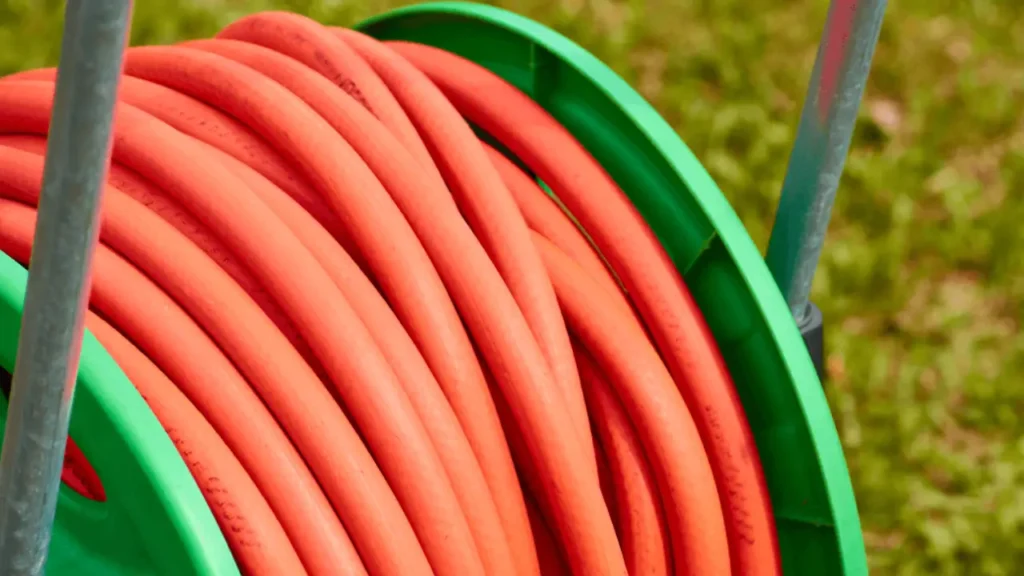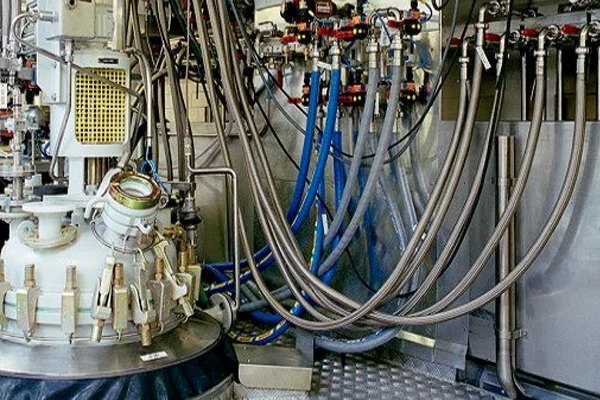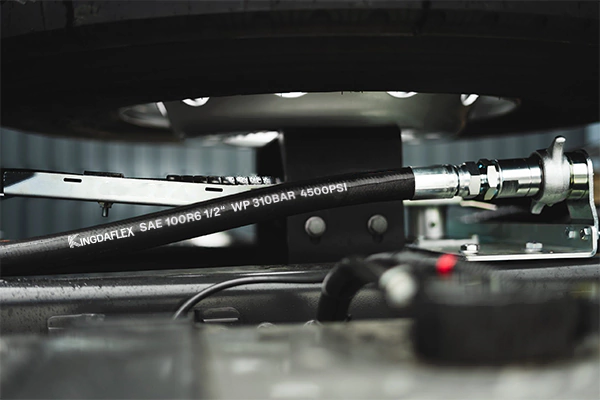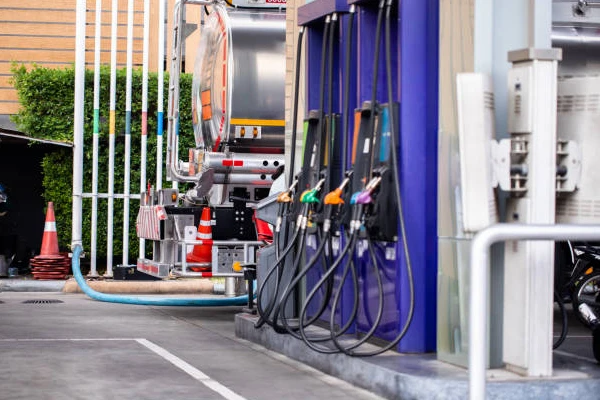Over time, rubber hoses accumulate dirt, grime, and environmental residue. This buildup not only looks bad but can also cause the rubber to degrade, leading to cracks and leaks. Regular cleaning is a simple, yet vital part of proper hose maintenance.
This guide will provide you with a straightforward, step-by-step process for safely and effectively cleaning your rubber hoses. By following these simple tips, you can extend the life of your hoses and ensure they remain in top condition for reliable performance.
When to Clean Rubber Hoses?
While there is no universal schedule, a rubber hose should be cleaned whenever it shows signs of dirt or contamination to prevent long-term damage. Proactive cleaning is a key part of preventative maintenance. The frequency depends on its application and the environment, but a general rule is to clean it at least seasonally or after any significant use.
- After Heavy Use: Clean the hose thoroughly after a period of intense use, especially when it has been exposed to mud, chemicals, or other harsh environmental contaminants that could accelerate degradation.
- When Visibly Dirty: If you can see dirt, grime, or fluid residue on the hose’s outer surface, it’s a clear signal that a cleaning is needed to prevent the buildup from causing physical or chemical damage.
- Before Storage: Always clean and dry the hose completely before storing it for an extended period. This prevents the growth of mildew and protects the rubber from chemical reactions over time.
- During Regular Inspection: Cleaning the hose as part of your routine maintenance and inspection allows you to simultaneously check for any signs of wear, cracks, or bulges that may indicate a need for replacement.
How to Clean a Rubber Hose?

Regular cleaning is a simple, yet vital part of proper hose maintenance. Over time, dirt and grime can cause the rubber to degrade, leading to cracks and leaks. Learn how to clean your hose safely and effectively.
Step 1: Gather Your Supplies
Start by gathering a few basic supplies. You will need a bucket of warm water, a mild dish soap, and a soft bristle brush or a clean cloth. Avoid harsh cleaners, solvents, or steel wool, as these can permanently damage the rubber.
Ensure you have access to a clean water source for rinsing. If possible, choose a shaded area to work in, as direct sunlight can cause the cleaning solution to dry too quickly and leave streaks or residue behind.
Step 2: Wash the Rubber Hose
Submerge the hose in your bucket of warm, soapy water. Using your soft brush or cloth, gently scrub the entire length of the hose, paying special attention to any visibly dirty areas or grooves. Do not scrub aggressively.
If the hose is very dirty, you may need to repeat this step or change the water. Be sure to clean the connectors and fittings as well, as residue can build up around these areas and affect the seal.
Step 3: Rinse Thoroughly
After washing, rinse the hose with a continuous stream of clean, cool water. It is critical to remove all soap residue, as leftover chemicals can dry out and degrade the rubber over time, reducing its lifespan.
For a more thorough rinse, you can run clean water through the inside of the hose as well. This is especially important if you are cleaning a hose used for fluid transfer, to ensure no residue is left inside.
Step 4: Dry and Inspect
Once rinsed, allow the hose to air-dry completely before storing it. Hang it or coil it loosely to ensure all moisture evaporates. Drying prevents the growth of mildew and protects the hose from degradation during storage.
As the hose is drying, take a moment to inspect it. Look for any new cracks, bulges, or worn spots. A clean hose is much easier to inspect, and identifying damage early can prevent future failure.
Tips for Keeping Rubber Hose Clean
Maintaining the cleanliness of a rubber hose is an essential part of its overall care and is crucial for extending its service life. By adopting proactive habits and implementing simple preventative measures, you can minimize dirt buildup, protect the hose from damaging elements, and reduce the need for intensive cleaning. These tips help ensure your hose remains in top condition and performs reliably.
- Proper Storage: Store hoses in a clean, dry, and cool area away from direct sunlight and extreme temperatures.
- Avoid Dragging: Do not drag the hose across rough surfaces, as this can cause abrasion and embed dirt into the outer cover.
- Drain After Use: Always drain all fluid from the hose after each use, especially before storing it, to prevent residue buildup.
- Use Correct Connectors: Ensure all fittings are tight and secure to prevent leaks, which can attract dirt and cause exterior contamination.
- Wipe Down: Give the hose a quick wipe down with a damp cloth after use to remove any surface dirt and grime.
Conclusion
In conclusion, cleaning your rubber hoses is a small effort with a big payoff. By consistently removing dirt and avoiding harsh chemicals, you actively prevent premature degradation. This simple maintenance practice ensures your hoses stay flexible, perform their best, and last significantly longer than unmaintained ones.
Remember, a clean hose is a healthy hose. The integrity of its material directly impacts its ability to handle pressure and maintain a secure seal. Taking these few minutes for proper cleaning and inspection can save you from costly replacements and unexpected failures down the line.
When it’s time to replace a hose, choose a product built to withstand the rigors of use and maintenance. We invite you to get wholesale rubber hoses from our Kingdaflex factory. Our products are engineered for superior durability and performance. Contact us today to discuss your project requirements.




